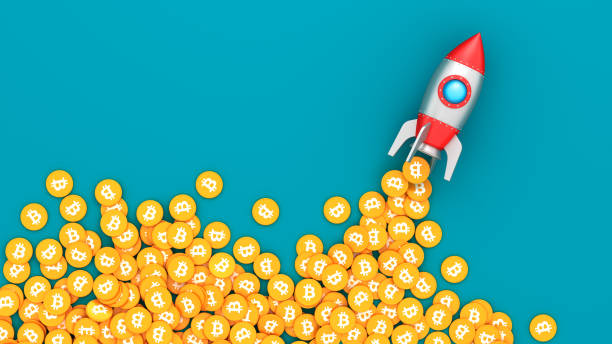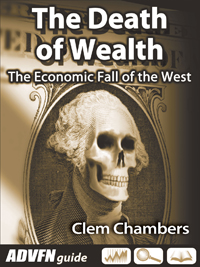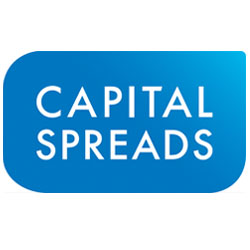We have tended to be keen on the prospects of Gulf Keystone Petroleum (LSE:GKP) and its project in the Shaikan field in Kurdistan. The fact is that we still are, but the conflict in bordering Iraq, spurred by the so-called Islamic State’s pursuit of toppling the al-Maliki government in Iraq and establishing a caliphate in the region have become reasons for concern for investors, as evidenced by the continuing decline of the GKP share price.

Some Background
Before I continue, allow me to clarify a couple of points. Technically, Kurdistan is an independently governed part of Iraq. I choose to say that it borders Iraq, because that also is technically true. I should also mention that GKP is not the only oil exploration and production entity in the area that is frightening investors. GKP fell 1.6% to 79.00 in trading today along with Genel (LSE:GEN), losing 2.4% to 967.00, and DNO ASA (NO:DNO), dropping by 10% to 18.90. It would also be fair to say that the Kurdistan region is located in what has been an unstable region for decades, if not centuries.
This past weekend has pushed the definition of “unstable” much closer to “volatile,” which makes antsy investors even antsier. GKP, for instance, is working the world’s largest oil field undeveloped by a major oil producer, which, rather obviously, affords GKP the opportunity to become a major producer – or to be acquired by one. It was barely a fortnight ago (21 July) that GKP Chairman, Simon Murray, made public that “The KRG has made it clear that, if we do not get our house in order, they will remove us as operators of this fantastic Shaikan asset.” Mr. Murray is making significant progress to do exactly that.
This past weekend investor confidence began wavering on the news of IS militants capturing two oil fields (in Iraq) held by the Kurds, and taking control, at least temporarily, of the dam on Lake Mosul. What has particularly stunned the world is that the IS forces were able to overcome the renown peshmerga forces of the Kurds. This only serves to demonstrate the ferocity of the IS forces, who have quickly become recognized for their brutality.
Some Perspective
This situation is one in which investors need to dig deeper than the headlines. Headlines are typically meant to sensationalize to get our attention. We must also go beyond the horizon of broadcast television. We have to have more facts in hand before making decisions. For example:
- The vast majority of Kurdistan’s oil fields are far to the east of Mosul and are more heavily defended that those captured that are closer to the Syrian border.
- The Kurdistan Republic Government (KRG) has already sent reinforcements and launched “a major counter-offensive.”
- Although the Kurdish and Iraqi government have been at odds, especially regarding oil production and exportation, reports now indicate that they are coming together to fight for their common interests against their common enemy.
- The U.S. State Department is “helping facilitate coordination between Iraq’s military and Kurdish forces.”
- The Iraqi air force is reported to be support the peshmerga by bombing IS militant positions.
- The biggest threat in the region is not to the oil fields themselves, but the control of the Mosul dam and, therefore, to the city of Mosul itself.
- It would appear that the primary targets of the IS are to the west, indicated, at least in part, by fighting along both the Syrian and Lebanese borders, two of the countries that the IS is seeking to include in its caliphate.
We all know that oil stocks are not for the faint-of-heart. Generally speaking, most oil is not found in environmentally, geographically or politically friendly places. The environment of Kurdistan is all of that. So it goes that oil investors must be people and institutions of great resolve and commitment, people who can still see the vision through the dust of the battle. This might be a good time to buy for those kind of people.

 Hot Features
Hot Features














Major thankies for the article post.Really thank you! Keep writing.